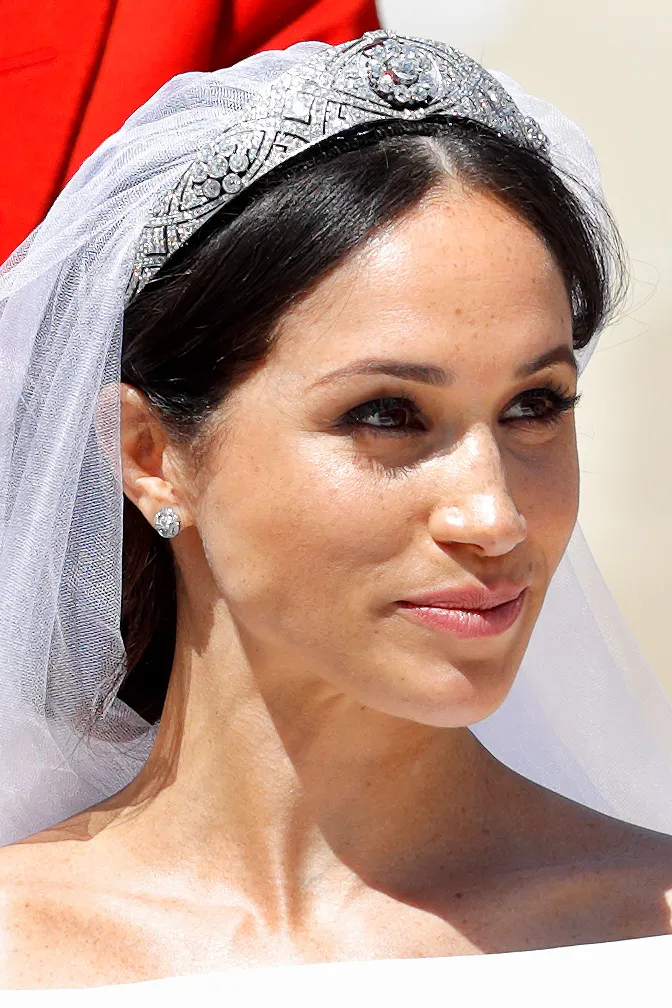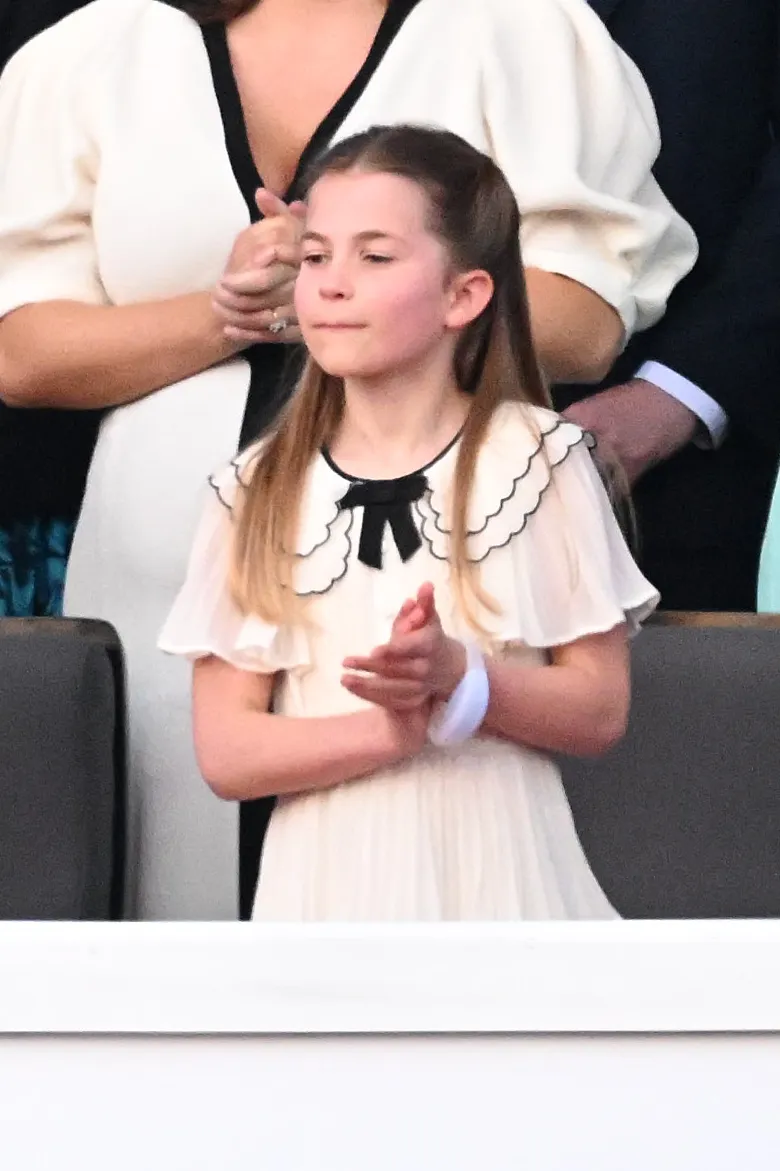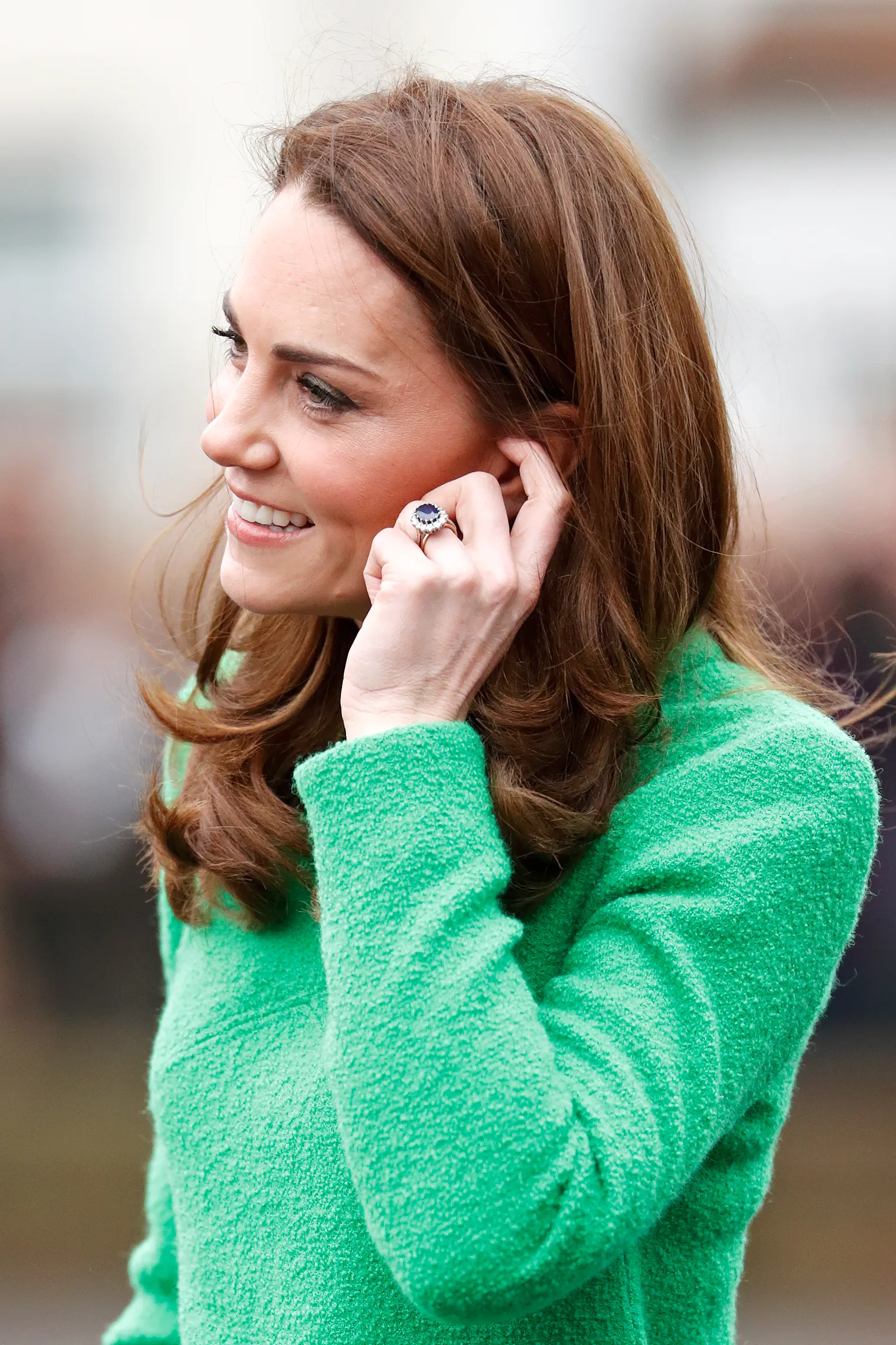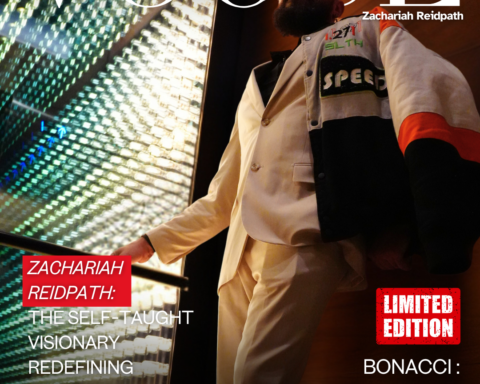A coronation is a momentous occasion, steeped in tradition and pageantry. One of the most iconic symbols of a coronation is the diadem or tiara worn by the monarch. These beautiful pieces of jewelry are not only ornamental but are also steeped in meaning and symbolism.
Every diadem worn at a coronation has its own unique history and significance. From ancient times to modern day, monarchs have used these jewels to convey messages, assert their power, and create a sense of continuity with their predecessors.
In many cultures, diadems were originally worn as a symbol of divine power. In ancient Egypt, for example, pharaohs wore the “nemes” headdress to represent their connection to the gods. Similarly, in ancient Greece, diadems were worn by victorious athletes and military leaders as a sign of their elevated status.
In medieval Europe, diadems became more closely associated with royalty. The earliest known European diadem is the Iron Crown of Lombardy, which was believed to contain a nail from the True Cross and was used to crown Charlemagne as Holy Roman Emperor in the year 800.
Over time, diadems became more elaborate and decorative, with precious gems and metals being incorporated into their design. Many of the most famous diadems in history were made during the Victorian era, when Queen Victoria’s love of jewelry set the tone for European fashion.
One of the most famous diadems in the world is the Imperial State Crown of Great Britain. This diadem is worn by the British monarch at the end of the coronation ceremony and is made of gold, silver, and more than 3,000 diamonds. It is a powerful symbol of the British monarchy and has been worn by every monarch since Queen Victoria.
Another iconic diadem is the Crown of the Andes, which was made in the 17th century for the Spanish monarchy. This diadem is made of gold and features hundreds of emeralds, including a single 45-carat stone at its center. It was given to the Church in Quito, Ecuador, and has been used in religious ceremonies ever since.
While many diadems are associated with European monarchies, they are also used in other parts of the world. In Japan, for example, the imperial regalia includes a diadem known as the “Kanmuri,” which is worn by the emperor at official ceremonies.
At a coronation, each diadem worn by the monarch carries its own unique significance. Some diadems may be passed down from previous monarchs, symbolizing continuity with the past. Others may be newly created for the occasion, symbolizing a new era of leadership.
In addition to their historical and cultural significance, diadems are also important symbols of power and authority. They convey a sense of regalness and are often associated with the divine right of kings. As such, they are an important part of the pageantry and ritual of a coronation ceremony.
In conclusion, diadems or tiaras are not just beautiful pieces of jewelry worn by monarchs, but they are also symbols of power, tradition, and continuity. They have been used throughout history to convey messages and assert authority, and will continue to play an important role in the pageantry of coronations for generations to come.








